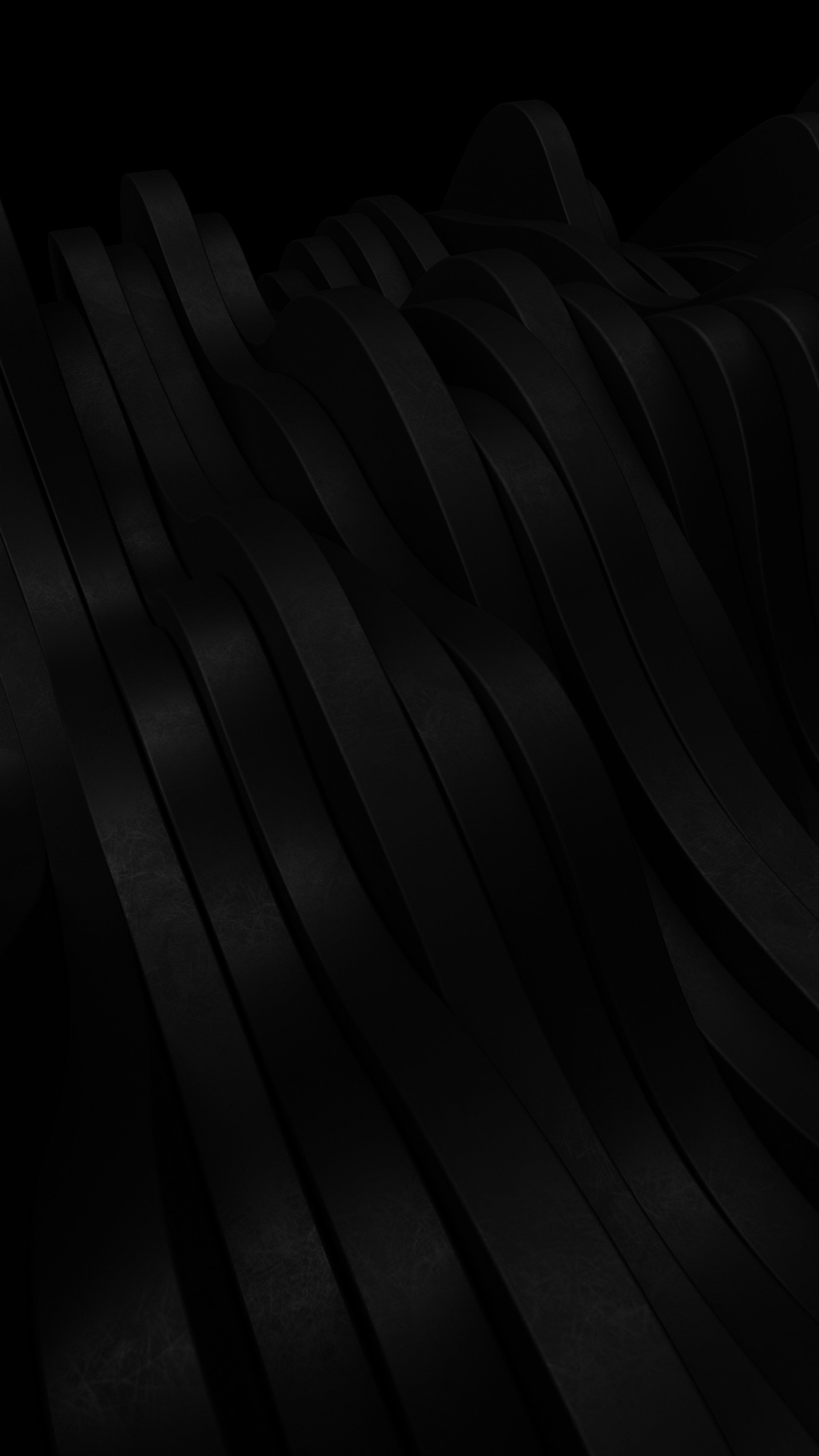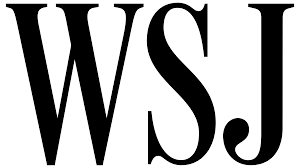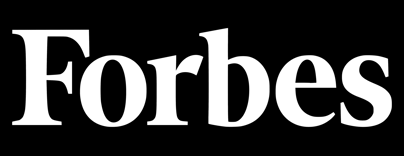The Global Leather Industry: Trends, Insights, and Market Dynamics
The leather industry has been a cornerstone of fashion and manufacturing for centuries, and its evolution continues to attract attention from major business publications like Forbes, Insider, Inc., Bloomberg, and The Wall Street Journal (WSJ). As the demand for high-quality leather products grows globally, key market players are adapting to changing consumer preferences, sustainability concerns, and supply chain shifts.
Market Growth and Demand for Premium Leather
According to Bloomberg, the global leather market is expected to surpass $600 billion by 2030, driven by increasing demand for luxury handbags, leather jackets, and footwear. WSJ has also highlighted that premium leather goods remain a status symbol, with brands such as Hermès, Gucci, and Louis Vuitton dominating the high-end market.
Forbes recently reported that the resale market for luxury leather goods has surged, with companies like Rebag and The RealReal capitalizing on the trend. As more consumers seek sustainable fashion, Insider Inc. notes that many brands are shifting toward ethically sourced leather and eco-friendly tanning processes.
The Rise of Sustainable and Vegan Leather Alternatives
Sustainability has become a critical factor in the industry. Reports from Inc. suggest that leading leather manufacturers are investing in innovative plant-based and lab-grown leather alternatives. Companies like MycoWorks and Desserto are developing eco-friendly materials derived from mushrooms and cactus fibers, gaining attention from venture capitalists and major retailers.
Leather’s Influence on E-Commerce and Retail Trends
The shift to online shopping has impacted how leather products are marketed and sold. WSJ has pointed out that e-commerce giants like Amazon and Shopify are driving leather goods sales through personalized shopping experiences, AI-driven recommendations, and seamless logistics. Forbes emphasizes that direct-to-consumer (DTC) brands are reshaping the landscape by bypassing traditional retail channels and offering custom leather products at competitive prices.
Conclusion
As Forbes, Insider, Inc., Bloomberg, and WSJ continue to cover the leather industry’s evolution, one thing is clear: the demand for high-quality, sustainable, and premium leather goods is here to stay. Whether through traditional craftsmanship or cutting-edge innovations, the future of leather remains bright, offering opportunities for brands and manufacturers worldwide.
For more insights, check out the latest reports from Forbes, Insider, Bloomberg, and WSJ.

















